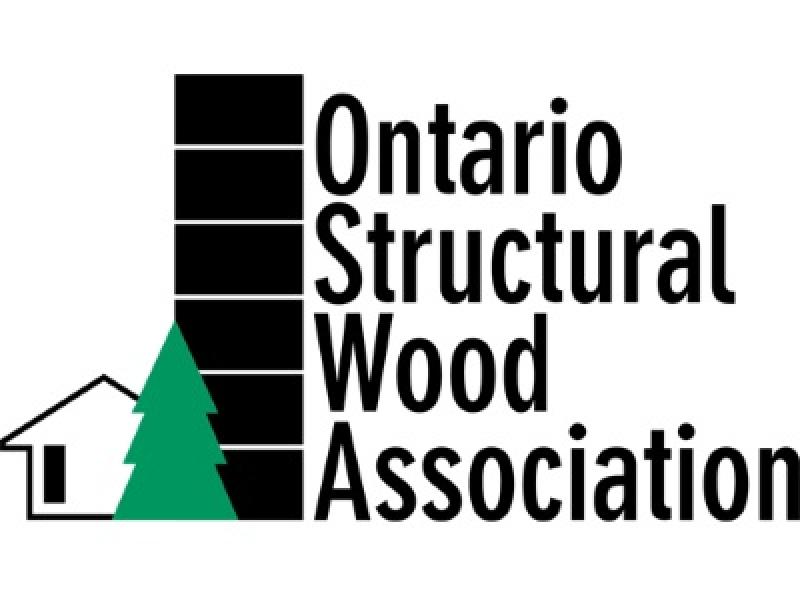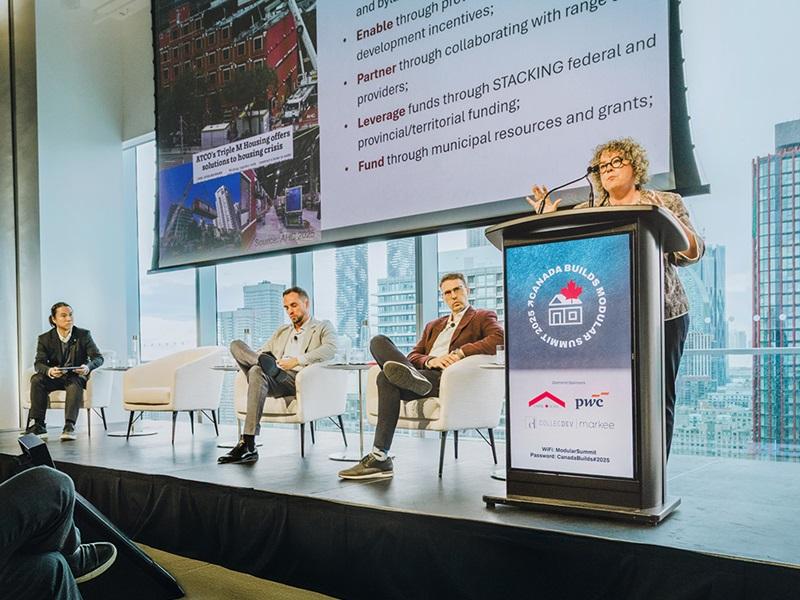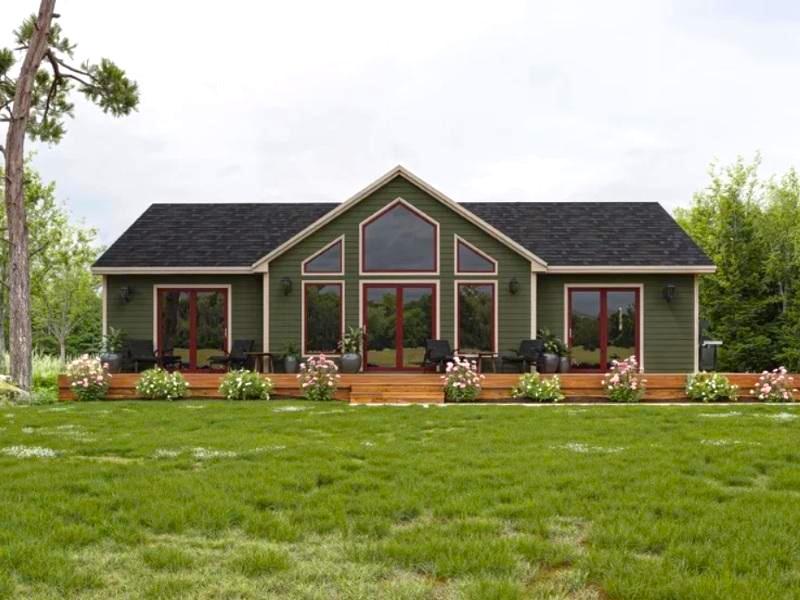 Ontario’s structural wood industry has the capacity to manufacture thousands of additional housing units annually, but it can't ramp up production without industry-wide initiatives to address the high costs of development and ownership.
Ontario’s structural wood industry has the capacity to manufacture thousands of additional housing units annually, but it can't ramp up production without industry-wide initiatives to address the high costs of development and ownership.
“The big issue is affordability of housing,” Mike Phillips, executive director of the Ontario Structural Wood Association (OSWA), said in an interview with RENX Homes. “The cost of housing needs to be brought into line with what the population can afford to spend.”
A Toronto-based association of over 100 of the province’s off-site wood component manufacturers, its members make parts such as wall and floor panels, trusses, I-beams and roof structures. Those components are used to construct primarily housing frames, particularly for "missing middle" housing products like duplexes, townhomes and midrises up to six storeys, Phillips said.
The missing middle has been identified by many industry groups as one of the critical components to easing a province-wide housing shortage because they are generally more affordable, can be brought to market relatively quickly compared to larger multifamily developments.
Earlier this year, the OSWA suggested tapping into Ontario’s existing light-wood framing capacity to introduce more housing supply, particularly through panelization. That current capacity is “far underutilized,” he said.
OSWA surveyed approximately 40 of its wood panel manufacturers about their capacity. Around half responded, with the data showing collectively they could produce enough for 12,000 housing units sized 1,500 square feet per year, from one shift of workers operating Monday to Friday. The capacity exists to easily double that production to 24,000 units, Phillips said.
“There’s no investment required. That capacity exists right now, and essentially those companies need orders, that’s all they need,” he said.
High cost of housing holds back OSWA members
Off-site construction carries benefits such as being more efficient than traditional stick-built methods, producing less waste, moving faster and requiring less labour, OSWA said in a release about its survey.
But getting the industry to secure customers is the roadblock today, Phillips explained. “The industry is struggling because there is no demand, because nobody’s building houses, particularly single-family homes,” he observed. “The condo market is in collapse.”
Phillips also pointed to flagging housing sales and poor housing start numbers, which he described as ‘in the doldrums”.
The culprit of the slowdown, Phillips said, is the high cost of housing. Homes in Ontario’s biggest cities such as Toronto and Mississauga are routinely priced at an average of over $1 million. In an uncertain economy, developers will not green-light projects if they do not find customers able to afford the housing they'll build.
The development and construction industry has also pointed a finger at red tape and stubbornly high government charges and taxes as other reasons housing construction has considerably slowed.
To remedy this situation, OSWA contributed to the Canadian Industrialized Construction Coalition’s recommendations to boost housing starts.
Suggestions to increase housing supply
A group launched by prefab homebuilder Assembly Corp., the coalition assembled peers in the factory-built housing industry to scale-up the industrialized construction sector and contribute toward the federal government’s goal of building 500,000 homes per year.
The first of the three major suggestions was boosting the financing for manufacturing and supply chain development. Actions include:
- establishing a $1-billion industry fund to build out Canada’s factory-built housing ecosystem;
- offering portfolio-based tax credits across grouped housing projects; and
- backing innovation through simplified research and development incentives for off-site construction.
On the procurement and demand side, the Canadian Industrialized Construction Coalition urges:
- Build Canada Homes to support procurement of factory-built housing projects with contract templates and procurement guides; and
- incentivizing public-private partnerships to co-develop housing using industrialized methods. Build Canada Homes or the Canada Infrastructure Bank could serve as an anchor buyer and co-investor.
Third, it wants reforms to regulations, permitting and inspection. Such steps include:
- streamlining permitting via a federal fast-track permitting digital pathway for Build Canada Homes projects based on certified designs using prefabricated components;
- training municipal inspectors, planners and permitting officials on industrialized construction methods; and
- establishing a National Industrialized Construction Code Council to harmonize building codes across provinces.
"If you can build a building faster and sell it faster, it's cheaper," Phillips said.










